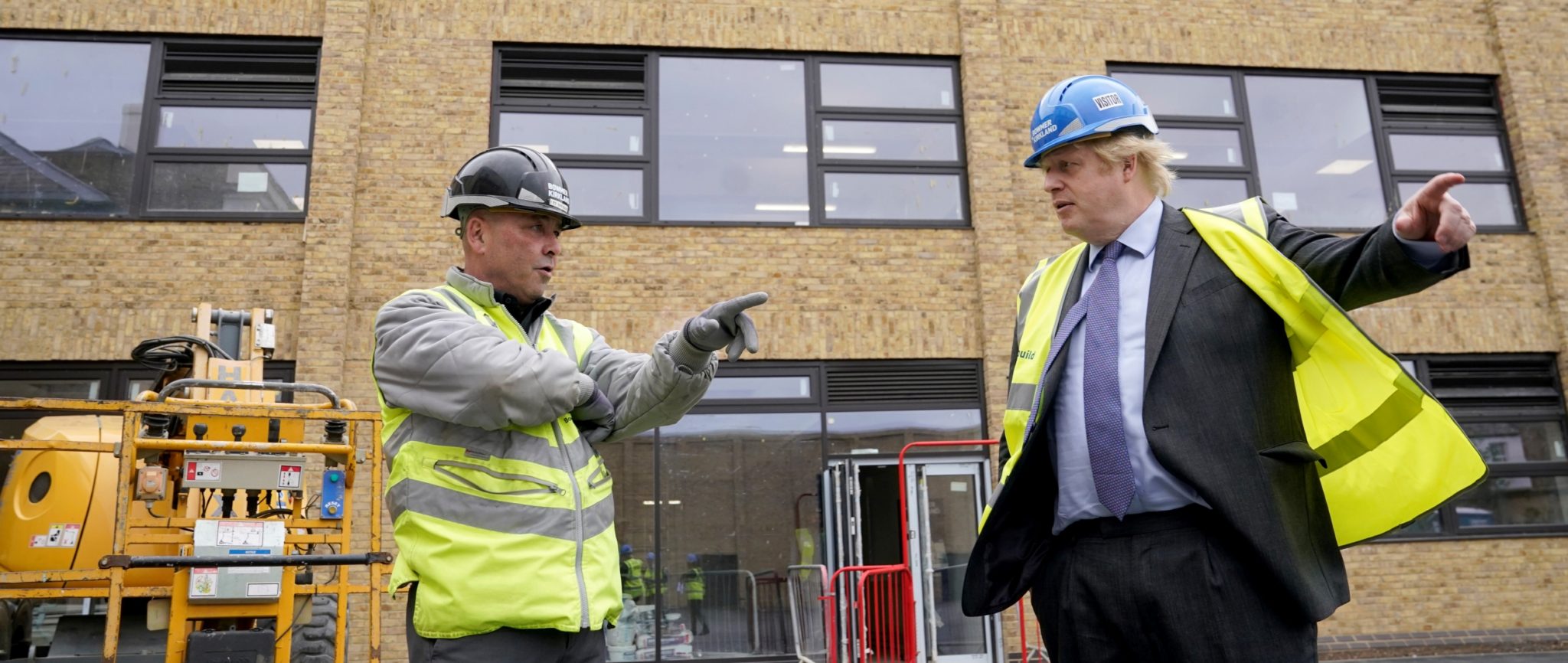
Billed, Billed, Billed – the government sets out its economic recovery mission
WA’s Naomi Harris analyses the Prime Minister’s speech for what’s getting top billing; how big the bill will be; and what Bills we can expect to follow as he promises to ‘build back better’.
What’s getting top billing
The Prime Minister has earmarked £5 billion to ‘accelerate’ infrastructure to create jobs and support his ambition to ‘build back, better’. To turbo charge the stalled delivery of his ‘levelling up’ agenda and to invest in public goods that aid future prosperity, Johnson is carving up the money for capital spending in health, education and local infrastructure projects – the majority to be spent in the next two years.
The Chancellor is expected to go further next week when he delivers his ‘mini Budget’. Although Number 11 is keen for this not to be seen as an ‘emergency Budget’, it will be presented against a backdrop of the worst quarterly GDP figures since 1979 and, so far, the first local lockdown.
It will again focus on job retention with more detail on changes to employment and business support mechanisms and a potential temporary cut in VAT to help stimulate demand. We can also expect more from the Chancellor on job creation with further information on the earmarked ‘shovel ready’ projects and plans to support a ‘green recovery’. These two speeches are, however, stepping stones towards the much anticipated – and much delayed – National Infrastructure Strategy, now slated for the autumn.
How much the bill will be and who will pay
Uncertain about tax receipts and with public borrowing soaring, some have said that £5 billion is too much on top of the £298 billion that the ONS has said could be the final bill for existing support measures. Others say that £5 billion is a drop in the ocean if the Prime Minister truly wants to “use this crisis to tackle this country’s great unresolved challenges of the last three decades”.
It is undisputed that this government has thrown off austerity and has a new outlook. Ministers are happy to acknowledge where mistakes were made by previous Conservative governments and in his speech the Prime Minister spoke of a government that is “powerful and determined and that puts its arms around people at times of crisis”. Positively Keynesian, although this Prime Minister prefers the Roosevelt comparison.
In all of this it should be recognised that the Prime Minister’s ‘New Deal’ is not just about government spending but rather incentivising private sector investment. Just like Roosevelt, who created the Reconstruction Finance Corporation to design lending systems and new finance mechanisms to draw private investment into projects and insulate business from risk, Johnson is looking to encourage business to stump up capital through regulatory changes. Could this be the time for a Contract for Difference 2.0 or PFI 3.0?
The British taxpayer will undoubtedly be asked to start paying in eventually, but exactly who and when is an open question. Those who have been seen to do well from the crisis are likely to be at the top of the list for a windfall tax.
The Bills that we can expect to follow
We can expect the legislative pipeline to increase significantly in the tail end of this year as the government seeks to put its policy ambitions into action. The return of key personnel to Downing Street combined with rumours that the Cabinet Office and Number 10 may merge speaks of a government looking to increase its firepower on delivery.